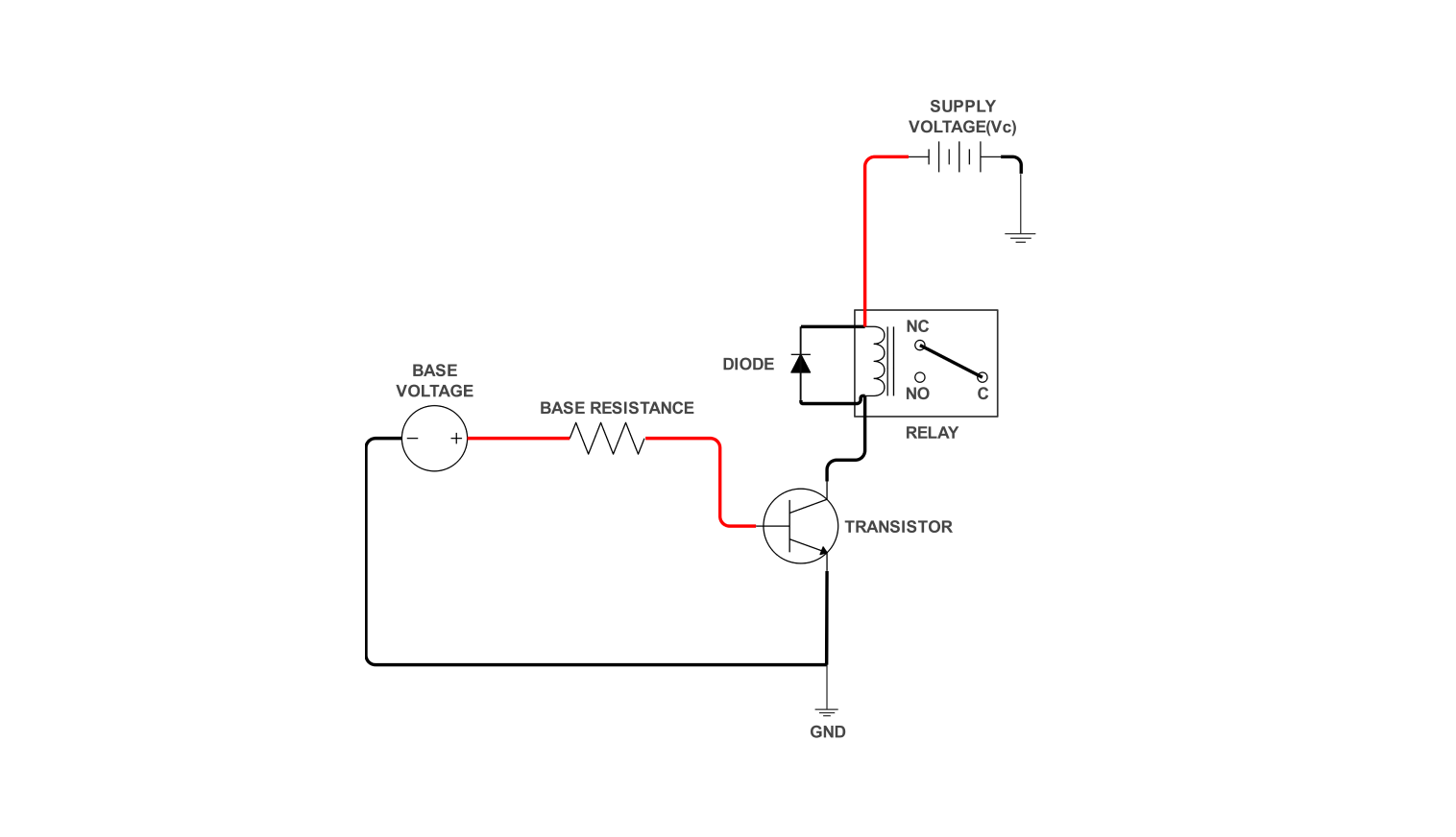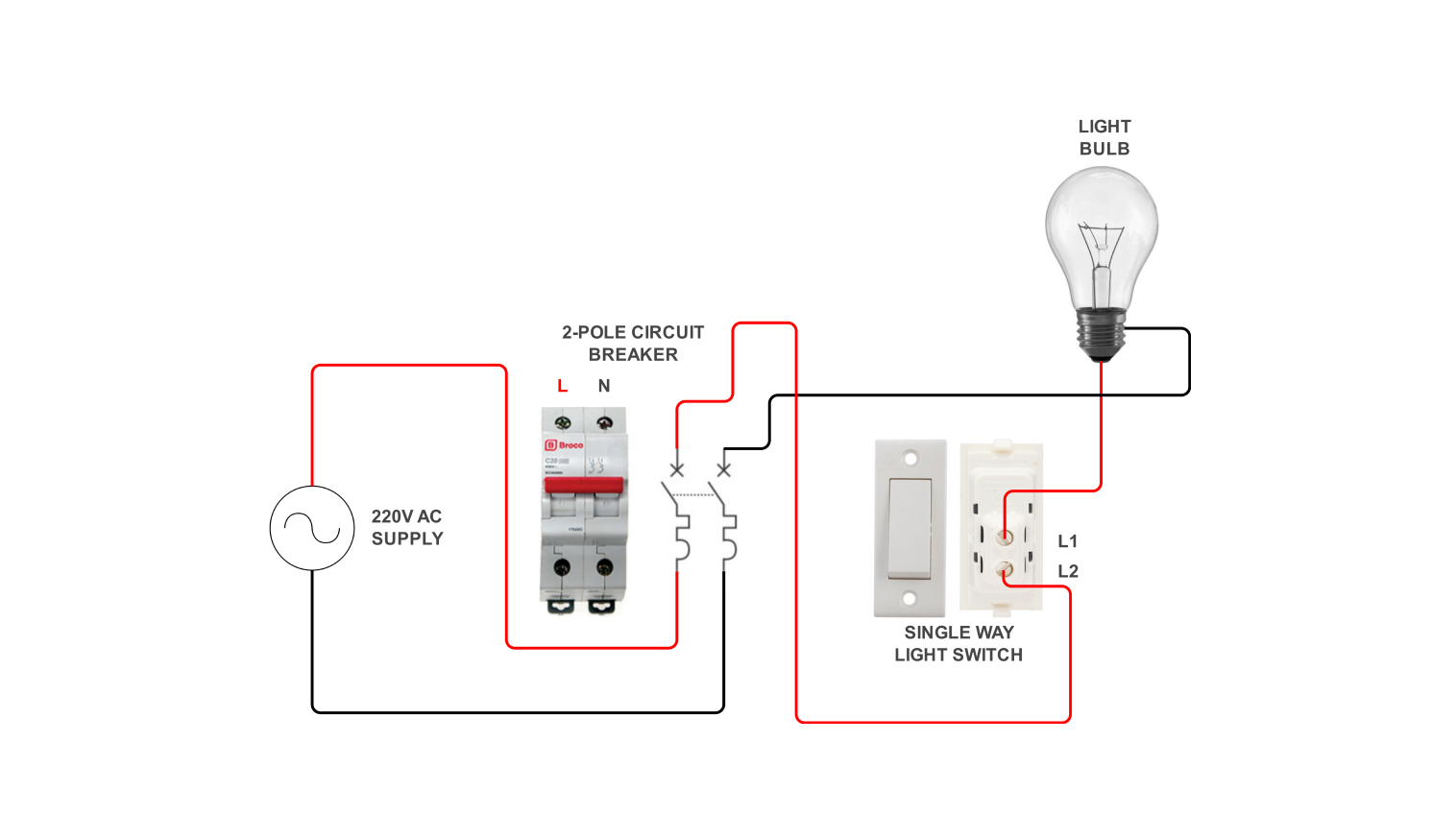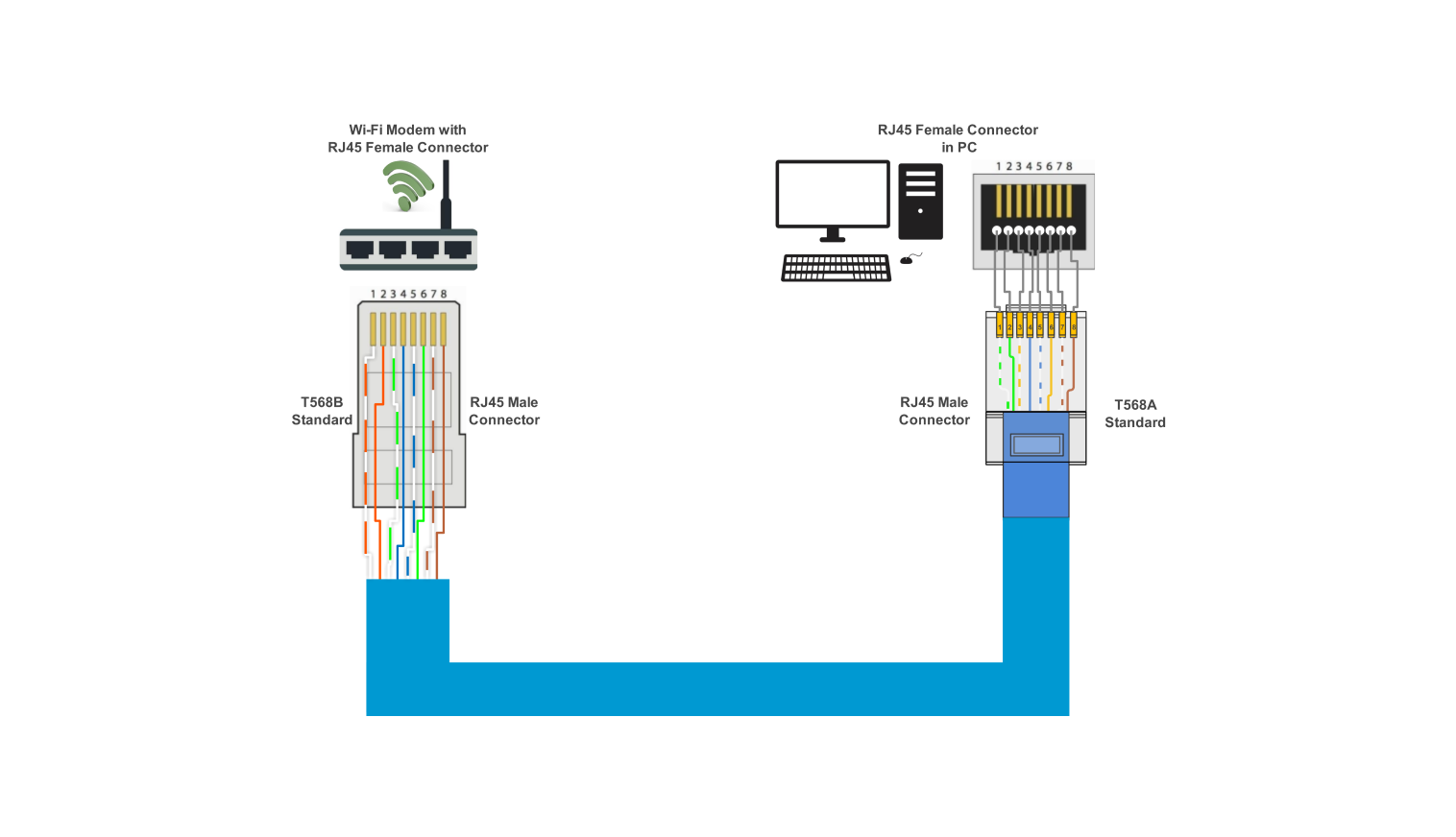- All templates
- Wiring diagram templates
- CCTV Camera wiring diagram
All about the CCTV camera wiring diagram
The focus of this article is to give a comprehensive example of how to wire a CCTV camera. The template will also have clear instructions on how the system will be connected to the CCTV camera, if there is a connection then it will be a power connection, video, and audio.
Furthermore, it will describe the positioning of the various parts including the camera, DVR, power supply, and monitor. The template is meant to be practical and easy to understand which will be useful to those, particularly, those who have not practiced before in the CCTV camera installations.
How to use a CCTV wiring diagram?
Open EdrawMax and search for "CCTV camera wiring diagram" in the template library. Click on Use this template to open it.
This template can be used to plan the wiring for your CCTV camera system, helping you visualize the connections between cameras, DVRs, and other components. It simplifies the technical aspects of the installation process.
Tailor the symbols and labels to match the specific components and connections of your CCTV camera system. You can customize by adding or removing components to suit the unique setup of your CCTV camera system.
Once customized, export the diagram to your preferred format, such as PDF or image, using the export function in EdrawMax.
In what ways can a CCTV wiring diagram assist in electrical design?
A CCTV wiring diagram is a pictorial representation of the electrical and physical layout of a given CCTV system. It assists electrical designers and installers in how they can effectively plan and execute the electrical power system.
It does depict the position of cables connecting and holding cameras, monitors, recorders, power sources, and many more. By following the above-mentioned perspective, an individual can comprehend that each segment is connected thoroughly, has electricity flowing through it, and is set to perform in a harmonized manner.
Using this template we get a clear guide on where to mount the cameras and components to get good coverage without any black spots. This reduces mistakes during installation by showing exactly how each part should be connected.
This CCTV camera wiring diagram also helps in the identification as well as solving of issues with interconnectivity. It serves as a guide for the addition or modification of more parts in the future without affecting the system.
Frequently asked questions
-
How to wire up a CCTV camera?
To wire up a CCTV camera you can follow the following steps:
- Step 1: Mount the camera in the desired location.
- Step 2: Run the video cable (coaxial or Ethernet) from the camera to the DVR/NVR.
- Step 3: Connect the power cable from the camera to a power source.
- Step 4: Connect the video cable to the DVR/NVR input.
- Step 5: Power on the DVR/NVR and configure the camera settings.
-
What are the two wires of a CCTV camera?
The two main wires of a CCTV camera include:
- Video cable: Converts the video signal from the camera to the recording device, in the case of analog cameras, it uses a coaxial connection, however for the IP camera, the device uses an Ethernet connection.
- Power cable: Provides electrical power to the camera – normally in the form of direct current (DC) supply voltage often 12VDC or 24VAC.
-
How many types of CCTV wire are there?
When it comes to connecting your security system, you are required to make use of a cable when transmitting video. In the CCTV industry, there are three types of CCTV cable available that can be used: RG59 cable, RCA Plug and Play cable, and CAT5 cable.
Related templates
Get started with EdrawMax today
Create 210 types of diagrams online for free.
Draw a diagram free Draw a diagram free Draw a diagram free Draw a diagram free Draw a diagram free









